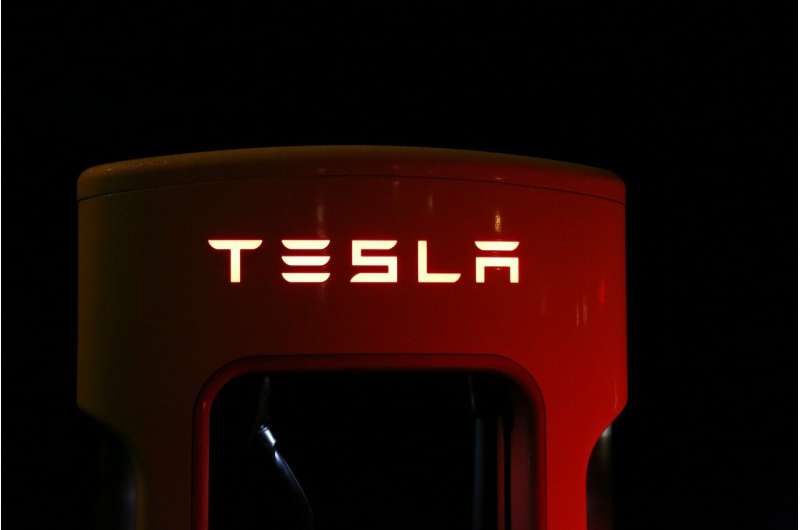HOME
Tesla's advantage: EVs cannot succeed without developing parallel supercharging networks

In the United States only about 1.3 percent of all vehicles sold last year were battery powered. And about 90 percent of those sales were by one company—Tesla. What has Tesla done right and where have other electric vehicle makers gone wrong?
Electric vehicles cannot succeed without developing a nationwide network of fast-charging networks in parallel with the cars. Current EV business models are doomed unless manufacturers that have bet their futures on them, like General Motors and VW, invest in or coordinate on a robust supercharger network. These are the observations in an in-depth study of the industry by management professors at the University of California, Davis, and Dartmouth College.
The researchers explain that big and traditional automakers have made exciting EVs but have essentially ignored the charging station side of the equation. Meanwhile, Tesla worked both sides of the market by building a sufficiently wide network of high-speed charging stations before they sold too many cars. There are about 4,000 high-voltage super-fast charging stations in the U.S., and the majority of them are available only to Tesla vehicles.
"Tesla has played the platform game. Other automakers are still playing a product game," said Hemant Bhargava, a professor of technology management at the UC Davis Graduate School of Management. "This advantage that Tesla has is not permanent. Other automakers are collectively investing $200 billion in their new electric models. If they put only a few billion dollars, in a coordinated way, into rolling out a supercharging network, they could have enough stations to be competitive."
News Source